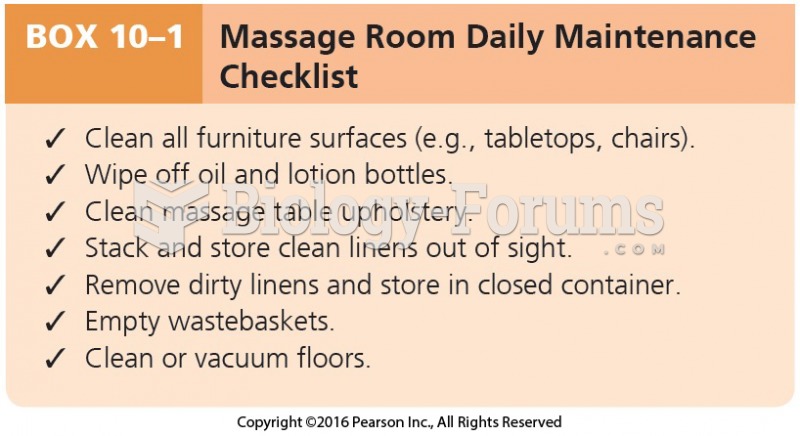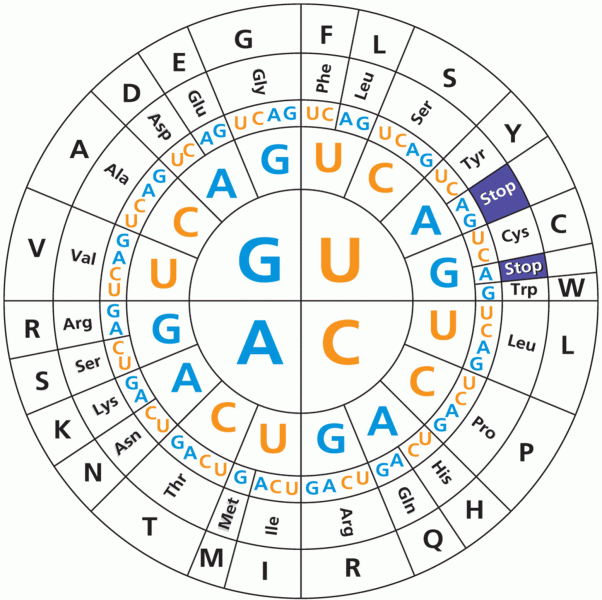This topic contains a solution. Click here to go to the answer
|
|
|
Did you know?
There are actually 60 minerals, 16 vitamins, 12 essential amino acids, and three essential fatty acids that your body needs every day.
Did you know?
People about to have surgery must tell their health care providers about all supplements they take.
Did you know?
Approximately 15–25% of recognized pregnancies end in miscarriage. However, many miscarriages often occur before a woman even knows she is pregnant.
Did you know?
Excessive alcohol use costs the country approximately $235 billion every year.
Did you know?
Approximately 500,000 babies are born each year in the United States to teenage mothers.







